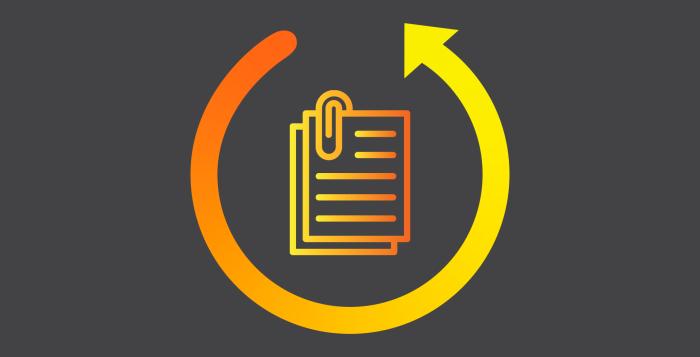Find out about the project’s feasibility studies, the key findings and deliverables, and download reports detailing the outcomes.
About the feasibility studies
Distributed ReStart’s feasibility studies involved investigating the capability of distributed energy resources (DERs) to support an electricity system restoration service – also known as black start.
The feasibility studies were conducted by TNEI Services Ltd (TNEI) and funded through Ofgem’s Network Innovation Allowance (NIA). It was initiated by National Grid ESO, with support from SP Energy Networks.
The DERs investigated by TNEI were:
- wind
- solar
- storage
- demand side response (DSR)
- electric vehicles (EVs)
Throughout the project, TNEI considered:
- the technical capability of the technologies
- the challenges of creating and maintaining small power islands with high penetrations of renewables and DER
- how to better predict the reliability and availability of renewable generation in such a scenario
Feasibility studies deliverables and outcomes
The feasibility studies had three deliverables:
- An overview of the capability of distributed energy resources (DER) to support an electricity system restoration service.
- A planning tool designed to simulate distributions for the reliable output of wind.
- Investigation of the challenges around power system strength and stability.
Each of these deliverables culminated in a report. You can find links to these reports below.
Key findings
The findings from the studies’ technology capability and readiness review are summarised below. None of the technical barriers described are insurmountable – they only require appropriate commercial and regulatory support, so the benefits can be realised.
With the exception of EVs, all distributed energy resources (DERs) investigated have characteristics and capabilities that could support an electricity system restoration service.
EVs aren’t yet prolific enough to be considered viable in this context.
Much uncertainty surrounds the resource availability of battery storage (the state of charge at the time of shutdown) during electricity system restoration.
This uncertainty can be reduced by providing a route to market for DERs, so these sites are incentivised to always ensure a minimum level of charge.
There are concerns around the uncertainty of wind and solar resource.
Some of this uncertainty can be mitigated through better modelling tools. This can increase confidence and provide a minimum level of assurance that this resource will be available when required.
The majority of converter‑connected DER sites operate with grid‑following inverters, rather than grid‑forming inverters. This means they cannot generate their own voltage signal for the purposes of network energisation and creating a power island.
Instead, the grid‑following inverters require a voltage signal to latch onto, which must first be created by a site with grid‑forming capability. Upgrading this capability is straightforward if the necessary incentives are put in place.
A common issue throughout all DER sites is the resilience of the communications infrastructure. Currently, this is typically not adequate to meet the requirements for an effective electricity system restoration service.
A minimum level of resilience is stipulated in Connection Agreements. Sites are rarely incentivised to provide more than this minimum level. A route to market for DERs would encourage more sites to incur additional costs to meet the necessary resilience requirements.
Feasibility studies reports
Below you can download the three reports that set out the outcomes of the series of Black Start from Non‑Traditional Generation Technologies feasibility studies.

Technology capability and readiness for distributed restoration
An overview of the capability of distributed energy resources (DER) to support an electricity system restoration service.

Case study – Wind variability
This report focuses on a planning tool designed to simulate distributions for the reliable output of wind over periods of hours to days, and how these distributions vary on timescales of months and years.

Power island strength and stability in support of black start
An investigation of the challenges around power system strength and stability specifically in relation to power islands with high penetrations of renewables and converter‑based technology.
Find out about the Power Engineering and Trials (PET) workstream’s objectives and what it delivered, and download reports relating to its activities.
Organisational, Systems and Telecoms
Learn about the Organisational, Systems and Telecommunications (OST) workstream, including its objectives and the work it delivered, and download reports relating to its activities.
Find out about the objectives and deliverables of the Procurement and Compliance (P&C) workstream, and download reports relating to its activities.
Join our mailing list for newsletters and updates.
Visit our documents library to view our full range of reports.
Email: [email protected] Write: National Grid ESO, Faraday House, Warwick Technology Park, Gallows Hill, Warwick, CV34 6DA





